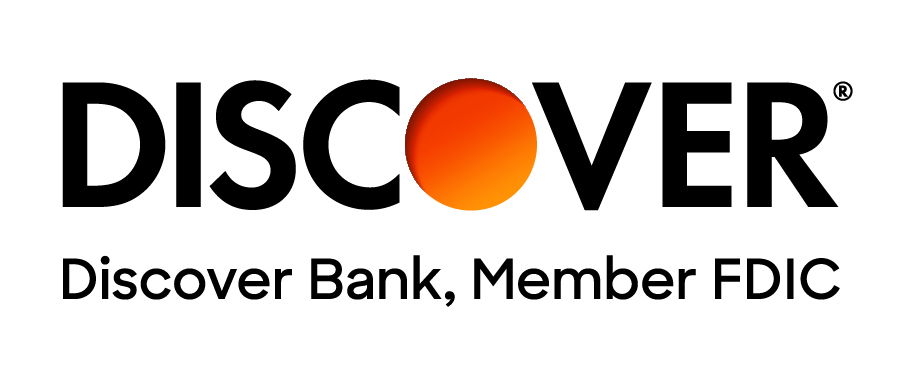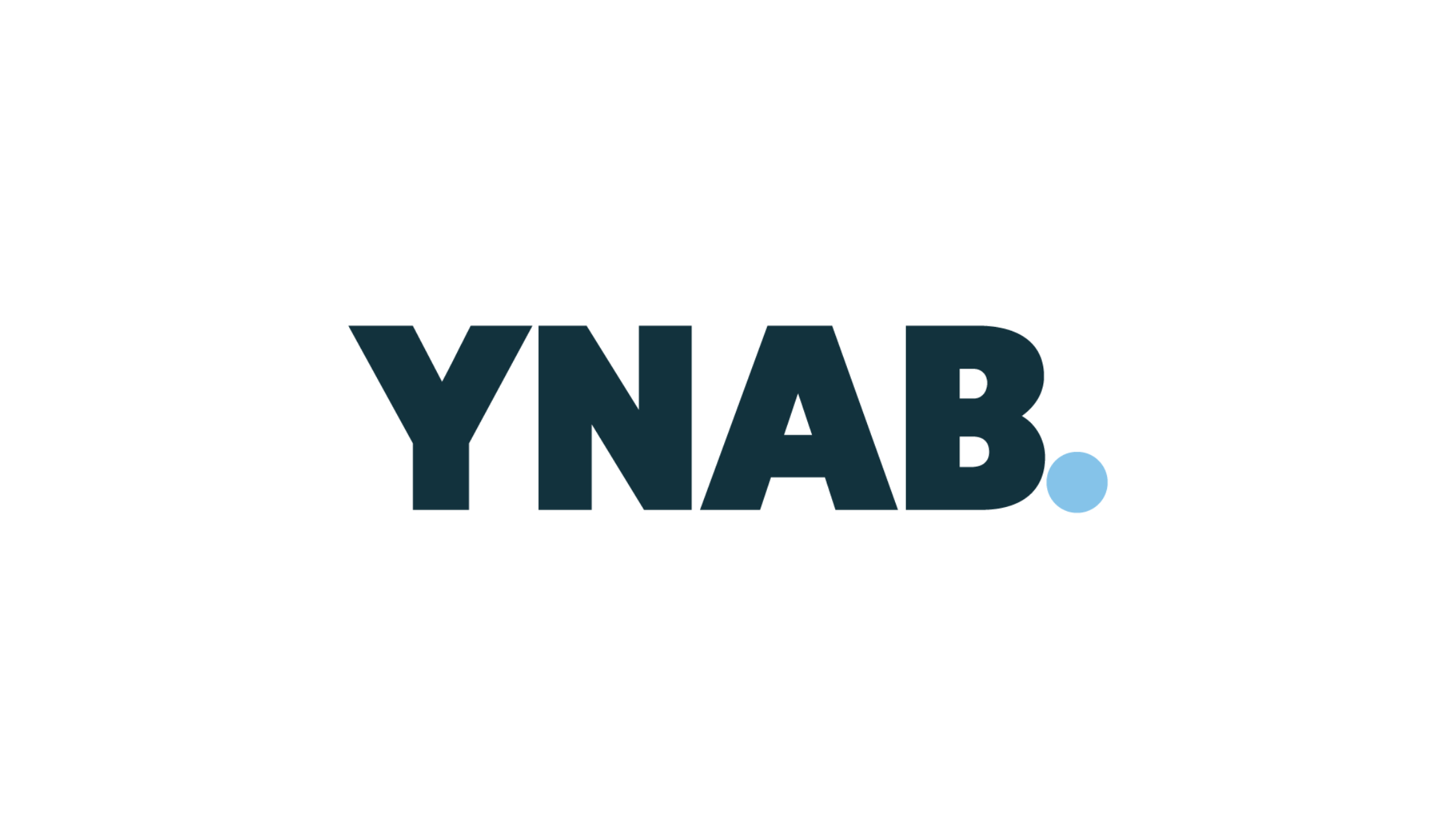What is the Common Application?
The Common Application, or Common App, is a free tool designed to make applying to college simpler and more efficient. With over 900 member schools, it allows undergraduate students to enter their personal and academic details just once and use them to apply to multiple colleges at the same time. This means less time spent filling out forms and more time focusing on finding the right fit.
It’s important to remember that the Common App is only for undergraduate admissions, not for graduate programs. Depending on the schools you're applying to, you may need to submit extra materials, like essays or recommendation letters, so keep an eye on each school's requirements. And while using the Common App itself doesn’t cost a thing, some colleges charge their own application fees, so check ahead to budget accordingly.
Some colleges also accept applications via their own websites, but it is advised to submit either the Common App or the school's own application, not both.
What does the Common Application Do?
The Common App streamlines the application process to its continually growing member colleges. This helps to reduce the burden on students because you only need to complete the common application once, instead of completing many different online applications for each individual school.
The Common App can be used for both first-time undergraduate college applicants as well as transfer undergraduate students.
Common Application Essay
The Common Application reviews the Common App essay prompts annually. Essays are limited to 250-650 words. Start your application early to give yourself enough time to complete and submit your essays (and hopefully catch those pesky typos!) Make sure to check with all of the colleges you are applying to, to check if additional essays are required.
Do All Colleges Accept the Common Application?
No, not all colleges accept the Common App. Even though the Common App is accepted by more than 900 member institutions, not all colleges use it. Member colleges and universities that accept the Common App are made up of over 660 private universities, 280 public universities, and over 20 historical black colleges and universities, as well as many others. It is best to check with the college(s) you are applying to as part of your application preparation and note those that use the Common App. This is also a great time to make note of any additional essays or requirements the school may require for applications.
The Common App Application Fees
Some colleges require an application fee to be paid upon submission while others choose not to charge an application fee at all. Each school has the option to charge an application fee and how much they want to charge.
The Common App has a Fee Waiver that you can apply for in your Profile section by answering “Yes” to the fee waiver statement, selecting all the indicators that apply to you, and then entering your signature to verify your request. Your high school counselor will be asked to confirm your eligibility for this waiver, and you can still submit your application while awaiting confirmation. Essentially, if you qualified for an SAT fee waiver, you may be eligible for an application fee waiver at over 2,000 colleges.
How to Fill Out the Common Application for College?
The Common App does not need to be completed in one sitting. Once you set up your account, you can start the application and save your progress as you go. Commonapp.org is where you will complete your Common Application and provides you with application guides for first-time and transfer students.
With the Common App, all information you compile will be shared with all your chosen university(s). You will begin by creating your Common App profile where you share everything you want the college or university to know about you—from your academic coursework from high school or transferring school, to extracurricular sports and activities.
Next you will add colleges to your list. You may already have and idea of specific schools you’d like to apply for, or you may want to search the characteristics that are most important to you to determine what schools you’d like to apply for.
Once you have cultivated your college list, make a checklist of what you will need for individual school’s applications. Each university and college may have different requirements and supplemental questions for their applications, so carefully look over and be aware of what you need to submit. The last thing you want to do is be denied acceptance because of an oversight.
Once you have completed all the requirements for your school(s), review your submission. Each school may have a different application deadline, but you must submit each application on the day it is due by 11:59 pm in your local time zone, not the time zone where the school is located. Keep an eye on your application deadlines, you are putting a lot of work into each application! A pro tip, set your own deadline for each college application one week prior to the actual deadline—that way you have a week buffer to complete any outstanding items. Once you submit your application to a particular school, the information sent to the school cannot be changed through the Common App. Any changes will have to be done through the schools themselves. If you modify your application prior to applying to more schools, the changed information will be sent to your new school(s).
However, even after you submit, you can add schools to your Common App, and you can update or modify the existing information to be sent to your next round of schools. The Common App will only allow you to apply to 20 schools, and there is no way to increase that number. Once you have officially submitted the Common App and applied to a school, that school cannot be removed from your school list.
Celebrate this moment of completion and continue to pursue your best as you finish up the current school year. Use this time to prepare for your future and apply for financial aid and scholarships.
Applying for Early Decision
If you are applying Early Decision (ED) to a school, you must complete the ED Agreement for only one school. Once you have selected which school you wish to apply for an Early Decision, the ED Agreement will become available in your Common App account under the Recommenders and FERPA section. Your parent and counselor will need to complete and submit their portions of the ED Agreement.








